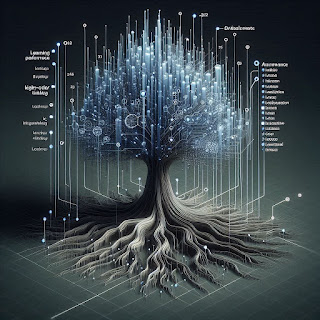Summary of Key Points
- 🎓 Student Enthusiasm: Students have rapidly adopted AI, using it for learning and brainstorming, and feel they know more about it than their instructors.
- 🤔 Faculty Hesitation: Educators are cautious and overwhelmed, with major concerns about academic integrity (82%), accuracy, and lack of training, despite seeing AI's potential.
- 🤖 The Readiness Gap: A significant disconnect exists where graduates feel unprepared for the AI-powered workplace, with 55% stating their education didn't equip them with necessary AI skills.
- 🚀 Untapped Potential: AI's greatest promise lies in personalizing education, amplifying instructors' abilities, and boosting student engagement, but this requires institutional support.
- 💼 The Clear Payoff: Graduates with AI training report significant career benefits, including greater job stability, higher salaries, and faster promotions.
AI in the Classroom: Navigating the Tensions Between Potential and Preparedness
Part 1: The New Digital Disruption
Artificial intelligence is no longer a far-off concept from science fiction; it's a daily reality embedded in how we work, communicate, and learn. In the world of education, this transformation has been particularly swift and disruptive. The conversation around AI often swings between two extremes: a utopian vision where AI solves every educational challenge, or a dystopian one where it signals the end of academic integrity and critical thinking. However, as a recent Cengage Group report from June 2025 reveals, the reality on the ground is far more nuanced, filled with a complex mix of eagerness, anxiety, potential, and unpreparedness.










